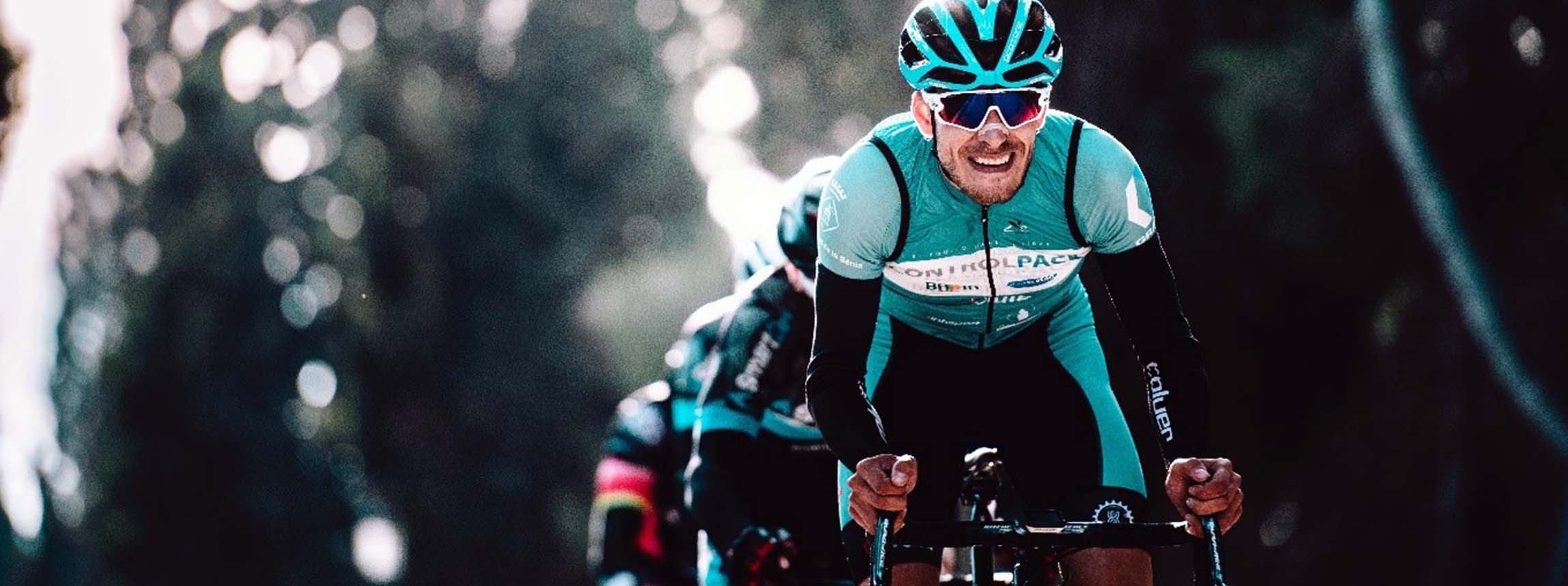At this time of year, there can be no doubt that the summer sun will get you itching to be out on your bike. But are you getting the most out of it?
Whether you’re training for a bike race, preparing for a sport, or cycling for fitness reasons, you might be wondering how you can push the limits of your cycling and go the extra mile.
How to get the most out of any ride
First things first, identify your goals. Remember to be realistic and set SMART goals (Specific, Measurable, Achievable, Relevant, and Time-Bound) with plenty of progress targets along the way, as hitting these will encourage you to keep going.
Don’t underestimate the effect that tracking, measuring, and recording your progress can have, whether that’s with a smart device or in a notepad, and always be honest when reflecting on your progress.
These seemingly small steps can all improve your performance and help you get the most out of each cycle training session.
Rest may be the last thing on your mind when you’re feeling motivated or working towards a goal, but it’s invaluable for preventing burnout and allowing your muscles to recover.
Resting really does improve your performance during the next workout by reducing soreness, preventing injury, and strengthening muscles.
So, be sure to choose a training plan that allows for adequate recovery between rides. It’s also important to ensure you’re getting enough nutrition, so you have the energy you need to excel, as well as comfortable specialist cycle clothing.
How to improve speed
If you’re race training and you want to improve your speed when riding, there are a couple of key things you can focus on. One is to reduce wind resistance by ensuring your form is tucked in, with no knees or elbows sticking out and slowing you down.
It can help to ride a stationary bike in front of a mirror to identify potential issues with your form. Your clothing, too, should be form-fitting to reduce drag.
You may find that lightweight clothing, footwear, and accessories will give you an advantage here too, as anything weighing you down will slow your speed.
Before you set off, get into the habit of checking your tyre pressure. Properly inflated tyres are essential for speed training and can easily knock seconds off your personal best.
Once on the road, take notice of wind direction and speed — it is far easier to cycle with a strong wind than against it.
Perhaps the biggest difference to your top speed can be achieved by using a cycle computer. Getting fast, accurate, and detailed information about each cycling session can take the guesswork out of cycling, helping you to monitor your progress and make the most beneficial adjustments where needed.
Many smart sports watches and cycling GPS can give you tips and advice for improving your ride based on your performance too.
How to improve endurance
If you’re training to improve endurance rather than speed, then your approach will be slightly different. If cycling for longer periods of time is the goal, the key is to ride more often.
Ride every day or as often as you can and have one extra-long ride a week — this will allow your body time to recover while ensuring you develop your stamina, which is essential for endurance.
Lowering the intensity of your rides will allow you to ride for longer periods of time until your body gets used to being in the saddle for that long.
Choose a plan that gradually increases the length of your sessions — usually over six weeks or so — and then, once you can comfortably reach your goal, you can start to raise the intensity again.
Building your endurance for cycling uphill is a much bigger challenge, as you’ll need to train your muscles properly to succeed. There are two ways you can do this: by doing short hilly rides at first and slowly adding distance, or by finding a route with a good mix of high-intensity climbs and downhill breaks in between. Other things like riding against the wind can help you become a more powerful rider.
“Having the right cycle clothing and equipment can make a huge difference to your training. Whether you’re trying to reach top speed and need to minimise wind resistance, or you’re endurance training and need to reduce muscle soreness, technical sports clothing is designed to support you.
Power meters and cycle computers are also invaluable for tracking and measuring your rides so you can improve your performance, so it’s important to have the right kit before you start your training plan.
“Before a long or difficult ride, remember to load up on carbohydrates to ensure you have enough slow-release energy to get you through.
If you need a pick me up along the way, specially formulated sports drinks and energy boosters can be effective.”– Rhys Turnbull – Bike Sales at Start Fitness
